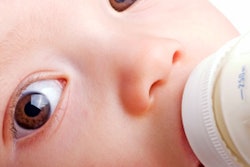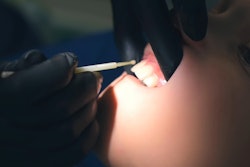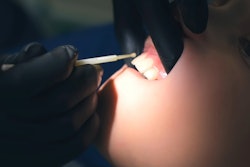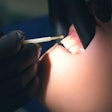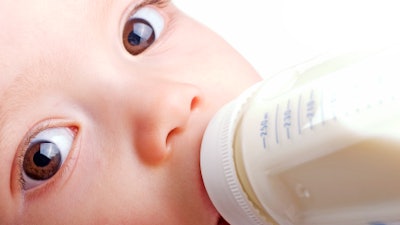
Repositioning the way a 10-month-old infant was bottle fed corrected his anterior crossbite, and his top and bottom teeth were in normal alignment by the time he was a toddler, according to a new case report from Columbia University dental students.
Though this technique, which highlights a very early intervention without the use an orthodontic appliance, warrants further research, it has the potential to reduce the need for patients to undergo additional procedures, the authors wrote. To date, the case study, which was published in the Spring 2024 edition of Columbia University's Journal of the William Jarvie Research Society, appears to be the first reported intervention for anterior crossbite prior to age 3.
"Practitioners can provide early correction of developing occlusion, allowing patients to avoid or reduce complicated, lengthy, and painful orthodontic procedures,” wrote the authors, led by Hua Zhu of the Columbia University College of Dental Medicine in New York.
Past studies have suggested that misaligned teeth, including anterior crossbite, were linked more to bottle feeding than nursing. However, no studies have linked bottle or nipple angle as the cause of a malocclusion. Correcting an anterior crossbite early cannot only decrease the need for future orthodontic therapy, but it can encourage the proper growth and development of the upper and lower jawbones, according to the report.
A 10-month-old-boy with anterior crossbite
The boy, who was being fed by bottle, presented with an anterior crossbite. The boy's parents held the bottle in an upward tilting angle during feeding, which likely contributed to the child's tooth misalignment, the authors wrote.
Therefore, it was recommended that the boy’s parents change the bottle position to a counterbalancing downward tilting angle. Within five months of changing the bottle position, correction of his anterior crossbite was achieved. At his reevaluation at age 3, the child had a normal occlusion, they wrote.
More to study
If the research is further investigated and replicated, educational programs can be created to inform parents of the best way to position a bottle during feeding. Currently, there are no standardized bottle-feeding angle recommendations, the authors wrote.
"Finally, proper bottle positioning may improve a child's facial esthetics, thereby contributing to a healthy psychological, social, and emotional development," Zhu and colleagues wrote.




